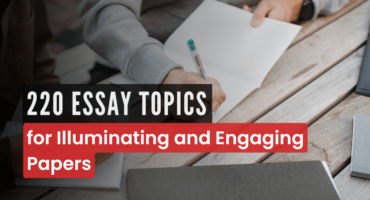
Introduction:
Human resources managers regulate the most imperative part of a successful organization effective, efficient and flourishing workforce. This demands for an organization to view these individuals as a resource and not an expense to the organization, a skilled workforce can be utilized deliberately to increase the value of an association. To flourish this workforce it is essential to understand the employment relationship as a whole, and how employees are to be engaged where they can inspire and motivate to have a positive and productive impact on the organization. In this essay, we would focus on two particular types of research firstly how intrinsic and extrinsic motivation relates differently to employee outcomes and secondly the conceptual framework of employee engagement.
Body:
There have been many types of research performed in the past 40 years on how the financial motivators influence job performance; researchers have classified motivation into two parts intrinsic and extrinsic, where the extrinsic motivation is explored rarely.
Key points:
Kuvaas et al. (2017) investigated the validity of extrinsic motivation by analyzing both intrinsic and extrinsic motivation across different industries and how it affects supervisor-rated work performance, continuance commitment, turnover, burnout, and work-family conflict. The author further investigates the relationship between extrinsic and intrinsic motivation and their contrasting effects on employee outcomes, the research questions are based on self-determination theory (SDT) and models of behavioral economics
Arguments:
The essential question being studied in this research is about the consequences faced by an organization when its employees are focused on their pay rather than their given work. There have been only a few studies where extrinsic motivation is tested, as most of the researches are scenario or experiments with nearly no empirical data on the true reflection on the actual compensation system on extrinsic motivation, the analysis of any relationship or effects will always remain hypothetical. The author here has theorized and measured extrinsic motivation as the mark to which work motivation is more dependent on tangible incentives. There have been only a few studies to analyze whether both extrinsic and intrinsic motivations are counterparts or alternatives The author in his comprehensive research has collected data by three different methods on various industries to focus on three studies in this paper, the analysis pointed out that extrinsic and intrinsic motivations are separate and negatively related, it is a further validation and contribution to the SDT.
Assertions:
It was further analyzed that intrinsic motivation had a superior impact on performance as compared to extrinsic motivation which is consistent with the widely held belief. The essential practical implication which is extracted from this study is that organizations should treat extrinsic and intrinsic motivations in a separate manner and improve on the intrinsic motivation by satisfying need for autonomy, relatedness, competence, invitation for suggestions and decision making, providing feedback, and taking extra precautions while implementing close monitoring and comparing employees to each other.
Key points:
The organization with an engaged workforce can outperform its competitors, Al Mehrzi & Singh (2016) in their study provided a framework to understand, predict and control the factors affecting employee engagement. The research has four focuses the organization culture, leadership, teamwork and perceived organizational support (POS) impacting the employee engagement through motivation. The author attempts to develop a framework with the support of literature to reduce the gaps between the research and actual managerial practices.
Arguments:
It is also understood that global impacts on employee engagement also impacts due to different culture, values, economy, personalities, politics and differing managerial styles where in India the level of disengagement is at an alarming level of 45% according to a survey by Gallup only 13 percent of the worldwide employees are engaged with the organization. In the extensive research and importance given to it in the literature, the practical implication is rather a combination of several factors. The author has reviewed the previous literature in which barriers for engagement are studied; the four factors focused in this study for the conceptual framework are discussed extensively in the previous literature in reflection to barriers. The organizational culture is the core factor which generates opinions, values and anticipation for an employee, an uncooperative culture would eventually result in a constant decline in the employee engagement. The leadership style effectiveness which yearn qualities like integrity, character, inspiration and belief is essential for employee engagement. The team formed of employees who work together in achieving a common goal by supporting and assisting each other, the understanding of superior-subordinate level is developed through working common task resulting into higher employee engagement. The belief that an organization is supportive towards their contribution and well-being is where an employee displays high level of self-determined motivation and is highly engaged with the organization.
Read More
Get Assignment Help from Me









